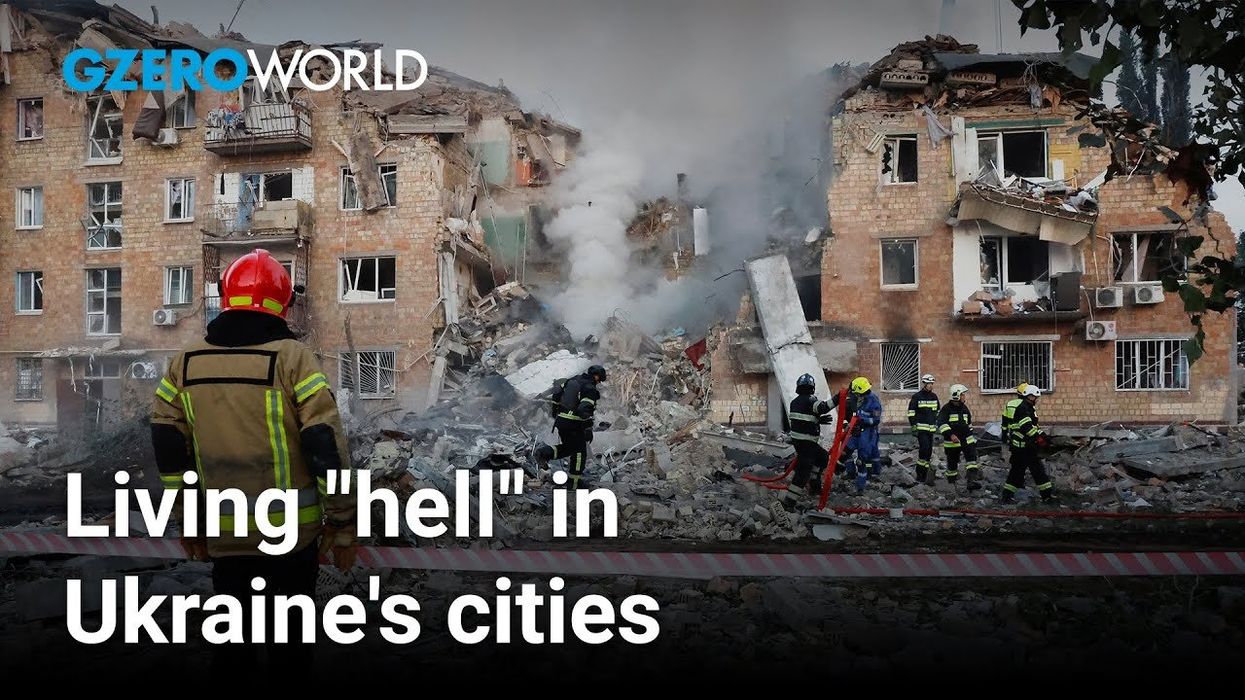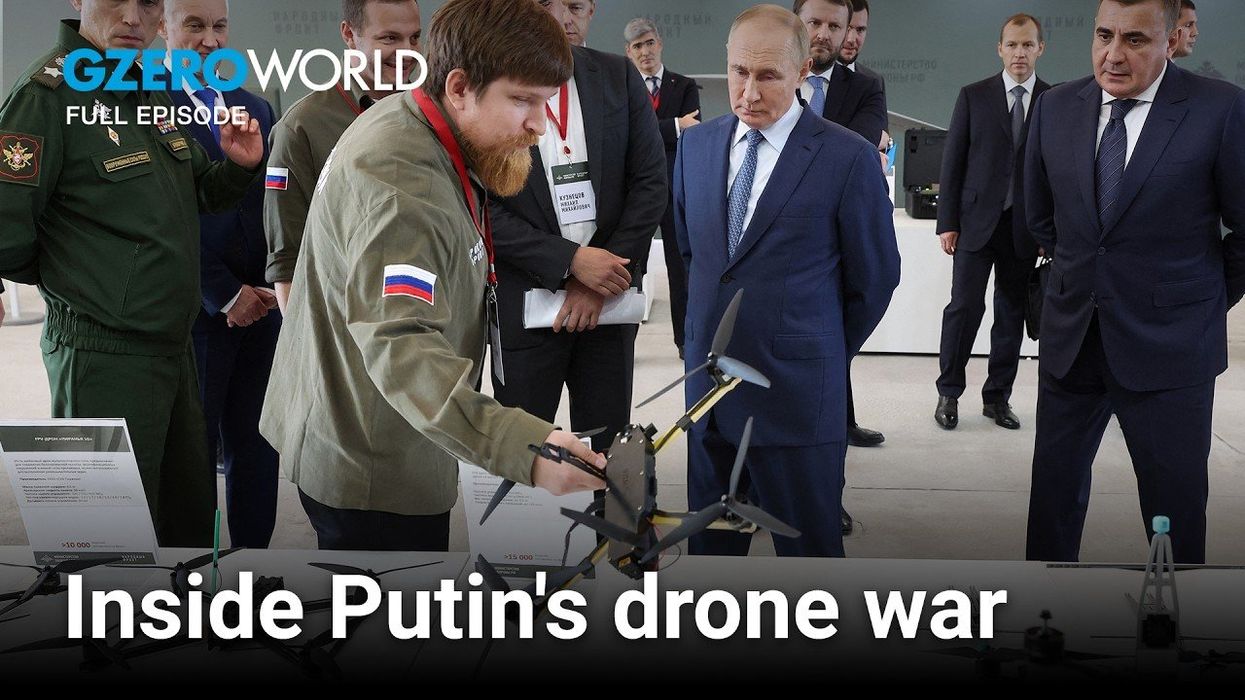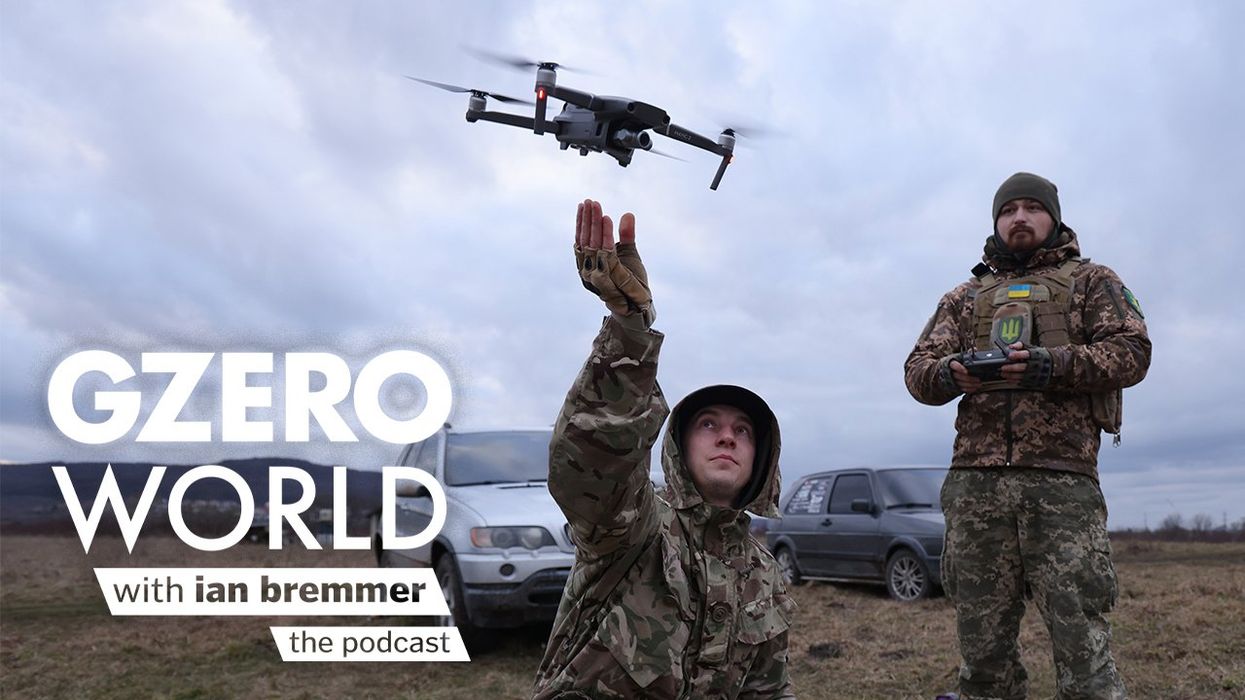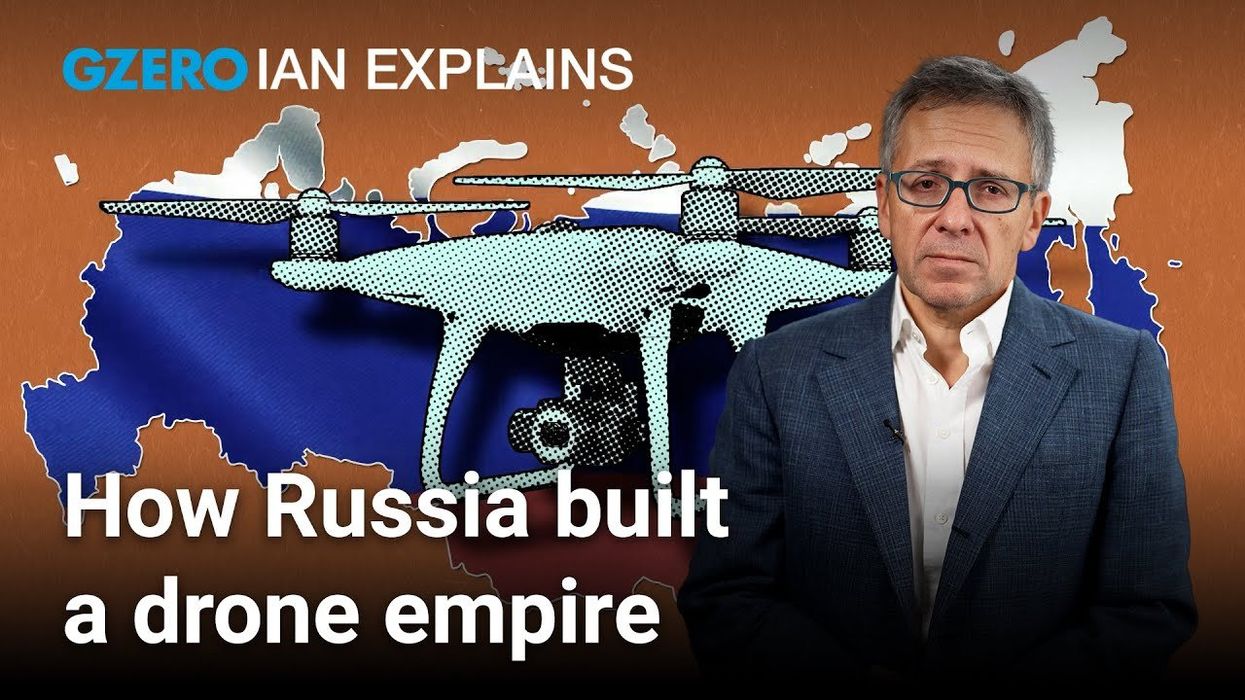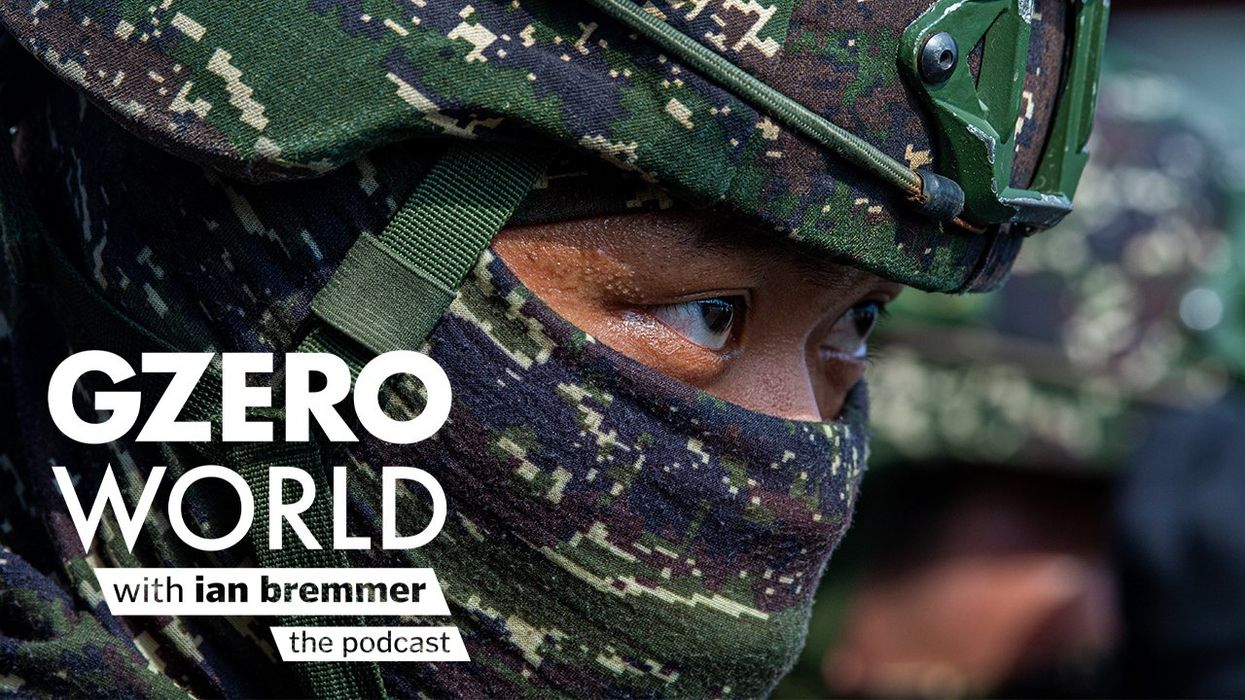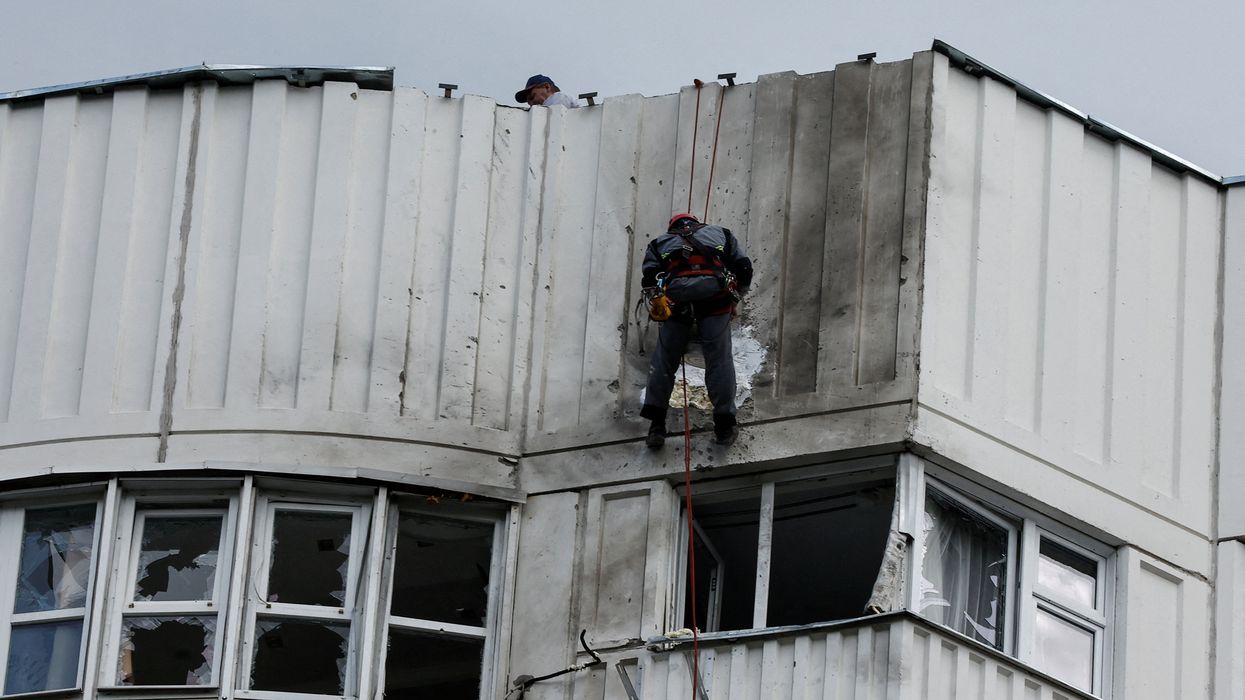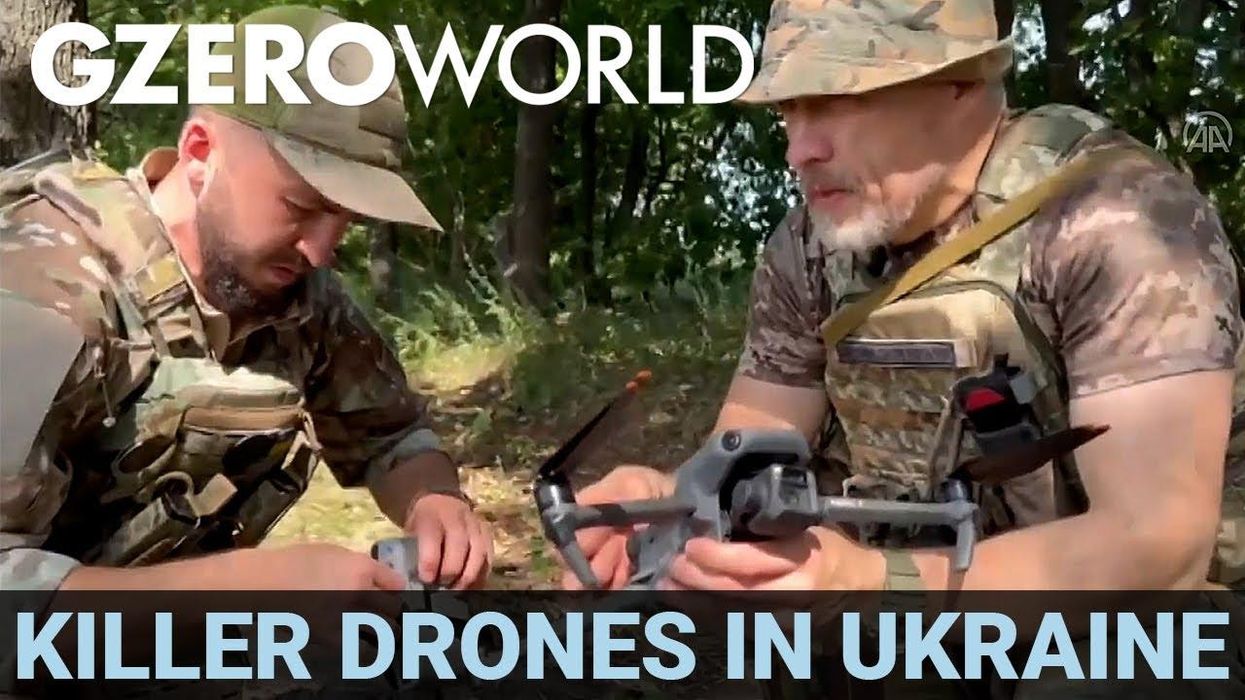GZERO World Clips
Russian drone attacks are reshaping life in Ukraine
Russia’s daily barrages of aerial attacks have transformed life into ‘hell’ for Ukraine’s soldiers and millions of Ukrainian civilians who live in constant fear of drone swarms and aerial bombs, the FT’s Christopher Miller tells Ian Bremmer on GZERO World.
Sep 30, 2025
